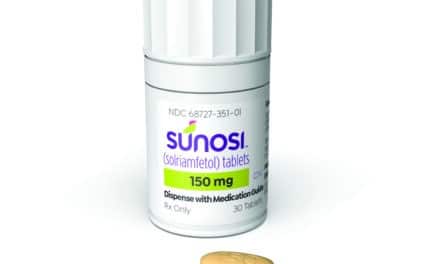Focusing on total breathing events throughout the night and quality of life during the day can provide a clearer picture of how well oral appliances stack up against CPAP for patients with mild to moderate obstructive sleep apnea.
By Lisa Rapaport
In a highly controlled environment—such as in a sleep disorders center for a titration study, continuous positive airway pressure (CPAP) is highly efficacious for every obstructive sleep apnea (OSA) patient. It reliably brings down the apnea-hypopnea index (AHI) to below 5, meaning the patient has no sleep apnea at all—as long as they are actively using the CPAP device.
But patients don’t live in a controlled environment. Once they go home, many of them either stop using their CPAP device entirely or use it for only the first few hours of sleep before pulling the mask off. This results in residual sleep apnea during all the hours when they are not using their CPAP device.
“There is a difference between efficacy and effectiveness,” says Ofer Jacobowitz MD, PhD, FAASM, FAAOA, co-director of Sleep, ENT and Allergy Associates in New York City and an associate professor of otolaryngology at the Zucker School of Medicine at Hofstra/Northwell.
“CPAP therapy is very efficacious and will almost always normalize the AHI,” Jacobowitz says. “At the home setting, however, effectiveness based on real-world outcome is not the same.”
To download the full Featured Report, fill out the form below
This content is paid for by SomnoMed. Learn more at effectivenessequation.com.







But oral appliances in most cases do not provide objective data on compliance and CV use.
Often you’re comparing apples to oranges… objective data on cpap compliance to patient reported use of oral appliance. Until oral appliance compliance chips see more use and studies on compliance have objective data this should be kept in mind.
Also, lack of cpap compliance is not a function of the form of treatment it is a function of the lack of ability to bill for cpap follow up and compliance coaching. CMV drivers under treatment by firms that specialize in trucking have a 96% cpap compliance rate. Drivers get regular follow up not through insurance billed encounters but employer based programs.
Imho if done right cpap compliance can be better than oat. Oat has a place in treatment plans but not for all patients.